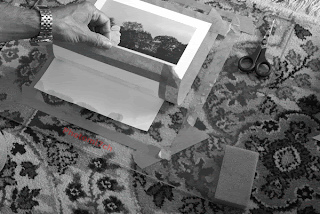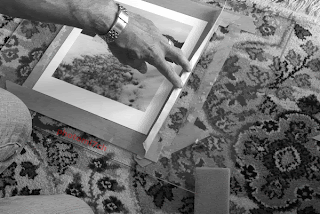 |
Out of date colour film.
Upto four years on some
boxes |
The
recent receipt of ten rolls of out of date colour negative film from a friend has prompted me to
share my experience with issues around the storage and freshness of film.
How do you define
fresh? A film that has a long expiry date, one that has been kept refrigerated
most of its life or even in the deep freeze. It is true to say that film used
before the manufactures expiry date, which by the way is a conservative
indication of when it should be used by, will yield the best results provided
that it has been kept properly. The manufacturers suggest that normal conditions are temperatures of no
greater than 24 degrees C (75 F) and a relative humidity of 40% to as much as
60% in some cases. At temperatures and humanities greater than this will cause
the emulsions to age far quicker. Normal conditions also refer to the fact that
the film should only be removed from, in the case of 35mm from its plastic
container and roll film from its foil wrapper just prier to use. Once the film
has been exposed the rate of deterioration increases so you should not leave it
to long after the roll is finished, to develop the latent image. It is
reasonable to say that monochrome film
is more robust relatively speaking to colour film which has a greater number
of delicate layers for the atmosphere
to attack and if stored badly will increase the likely hood of a colour shift.
 |
Fg 1
Film 35mm, FP4, developed in ID11.
Printed on Ilford MGr paper |
Freezing is
an extreme method of slowing the ageing process and can cause problems with condensation and ice particles.
Refrigeration is the most popular with film photographers but should be treated
with care and common sense. At one time I used this method but not any more as
it is not suitable with the way I work. Instead I use a floor standing Cabernet
that is out of direct sunlight and away from direct heat. I have used this
method for years with no ill affects. I also pay little attention to expiry
dates as experience has shown me that it has had little affect on my results
thus far.
 |
FG 2
Same as above. |
A couple of
years ago I was sorting out some boxes of darkroom kit when I came across some
containers of FP4 that was about twenty years out of date. I say twenty but on
thinking back it's probably closer to thirty years or longer. The pictures (fg1
& fg2) are the results from one of those rolls of FP4 which was mistakenly
exposed at ISO 400. Half the film was developed in ID11 and timed for HP5 and
the other was developed in Rolie R3 developer and timed for 400 iso. With results like this it makes
me wonder whether refrigeration is necessary for monochrome emulsion if stored
with care.
It would
seem that all film users over estimate how quickly film deteriorates. Each
person needs to look at the way they use film and what sort of climate they
live in, then take the appropriate action to comply with normal
conditions.
Related Posts:
Colour film out of date
























